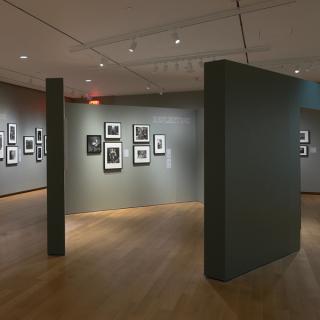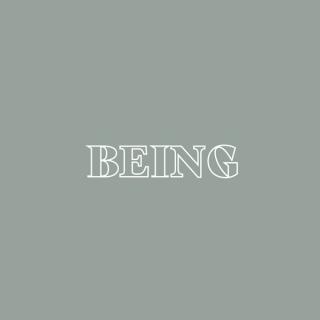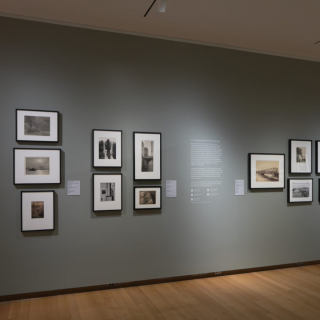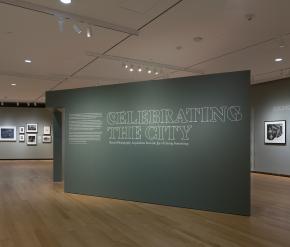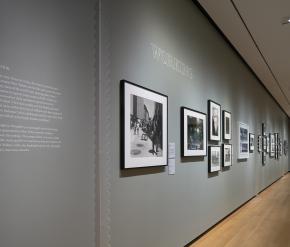Gathering
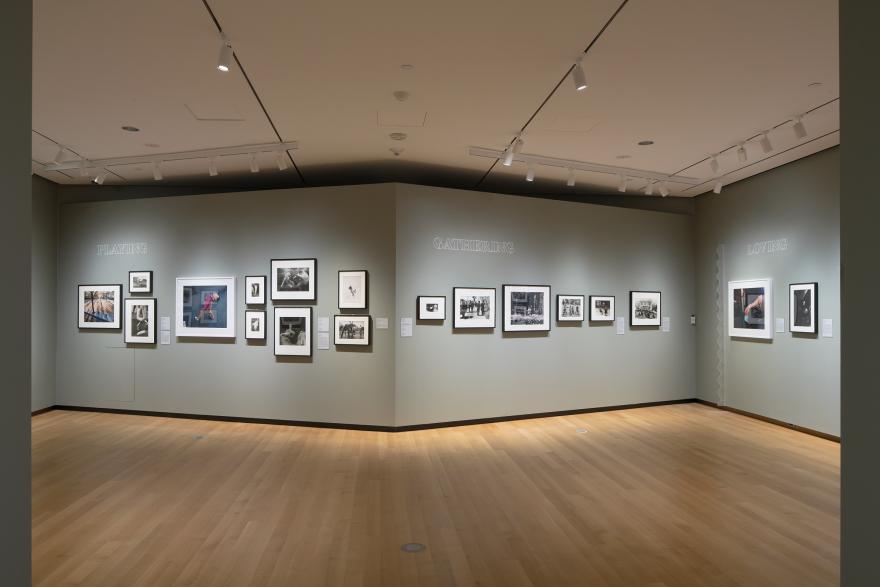
Elliott Erwitt
New York City, 1955
Gelatin silver print
2020.10.146
Dona Ann McAdams
Group of Hassidic Men, Williamsburg, Brooklyn [From the series “Williamsburg, Brooklyn Portfolio”], 1978
Gelatin silver print
2020.10.272
Joseph Maida
Men in Park, 2001
Chromogenic development print
2020.10.260
Joe Schwartz
Tricycle Gang, 1940
Gelatin silver print
2020.10.560
Helen Levitt
[Two men in chairs by El train], c. 1939
Gelatin silver print
2020.10.247
Born and raised in New York, Helen Levitt made most of her photographs in the city’s streets. Her interest in photography began at a young age, and she learned darkroom techniques as a teenager by working for a professional portrait photographer. By the early 1930s, in her early 20s, she became a professional photographer herself. She bought a 35-millimeter camera, relatively new technology at the time, and settled on the subject matter she would pursue for the remainder of her photographic career: street life—community and especially children. Levitt specialized in the theater of the street—the body language, gesture, and pose captured to reveal everyday life as art. This approach is exemplified in this photograph of two men enjoying an animated discussion.
Levitt was also an accomplished filmmaker and editor. Beginning in 1959, she was among the first street photographers to turn to color photography, creating especially vivid images through the 1990s. Two additional Levitt photographs can be found in this gallery.
Ed Grazda
Abu Bakr Sedig Mosque, Flushing NY, 1995
Gelatin silver print
2020.10.158
Ed Grazda, from Flushing, Queens, had been photographing in Pakistan and Afghanistan for almost 15 years when the underground garage at the World Trade Center became the site of a car bomb attack, on February 26, 1993. The explosion killed six people and injured more than a thousand; in both print and televised media, the grisly scene was often accompanied by the phrase “Muslim terrorist.” As a counter to the spreading media stereotypes, Grazda began a new effort: to document some of the dozens of communities of New Yorkers who practice Islam. He engaged both the immigrant populations and the native New Yorkers, including converts, the longstanding African-American Muslim community, and a growing Latino-Muslim community. This project was eventually published as the book New York Masjid: The Mosques of New York in 2002.
Celebrating the City Online
Return to the online exhibition overview
Celebrating the City: Main Gallery
Return to the Main Gallery overview
